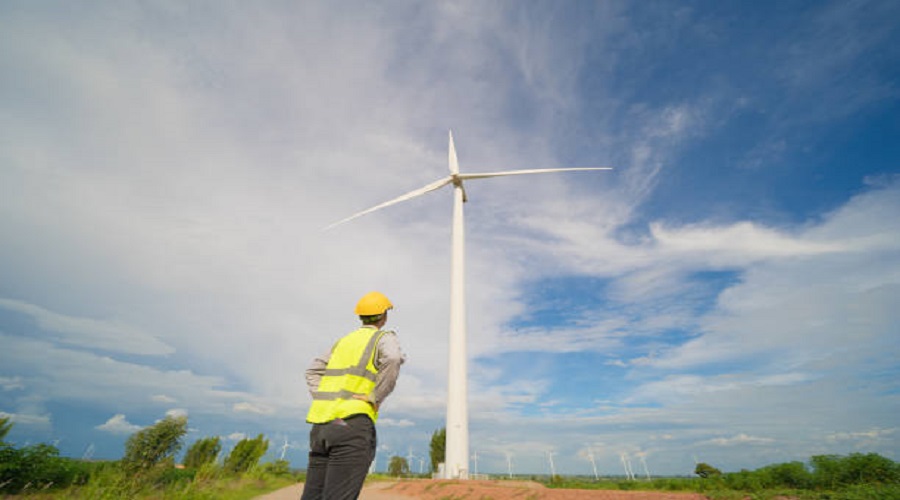How Does Wind Energy Works
The power production from wind power plants is unlike as from the usual power plants. This is largely due to the individualist character of the wind energy. This necessitates particular controls and various kinds of electrical generators. For a concise clarification read this article.
Wind Energy – How Does it Produce Electricity?
How does wind energy work? Well, in a usual power plant, the input energy follows the output as the electrical load. In a wind power plant, the input energy control is restricted. In addition, the available resources are to be utilized, and at the same time the electrical characteristics are to be balanced. Wind power plants are not like this. The normal power plant utilizes a synchronous generator. It runs at a speed determined by the grid frequency. Accurate control of the input energy is likely when the electric load on the generator is altered. This efficiently manages the speed to correspond with the grid frequency.
In the generator of wind turbine, management of the input energy that is torque from the rotary motion of the wind turbine is not simple. The input energy by wind speeds changes in a broad range. The majority of the producers restrain wind speeds within a limit of 5 m/s to 30 m/s. There can also be unexpected breeze of wind. The generator attempts to turn at a speed close to the synchronous speed determined by the grid frequency. The generator is unduly stressed due to this distinct effect. The usual synchronous generator cannot react to these abrupt changes. To overwhelm these troubles various kinds of electric generators are used of in a wind power plant.
The most commonly utilized is the asynchronous generator and the variable frequency technique. A particular extent of mechanical control is obtainable in the wind turbine blades to manage the speed.
Wind Energy System
What happens when the wind speed rises further than the maximum power output ability of the generator?
- In wind turbines that are controlled by pitch, a rotation of the individual blades avoids transfer of the total wind force to the generator. This is similar to varying the course of the sail in a boat. This kind of wind turbine needs an electrically or hydraulically functioning pitch control system.
- In wind turbines with stall control, the wind turbine blades produce aerodynamic forces that decrease the output torque of the turbines at top wind speeds.
- With change in the wind direction, anemometers can sense these alterations and runs the yaw mechanism that rotates the turbine to confront the wind.
- When the wind speeds are not in control, the turbine revolution halts by the utilization of mechanical or hydraulic brakes.
Also Read:

